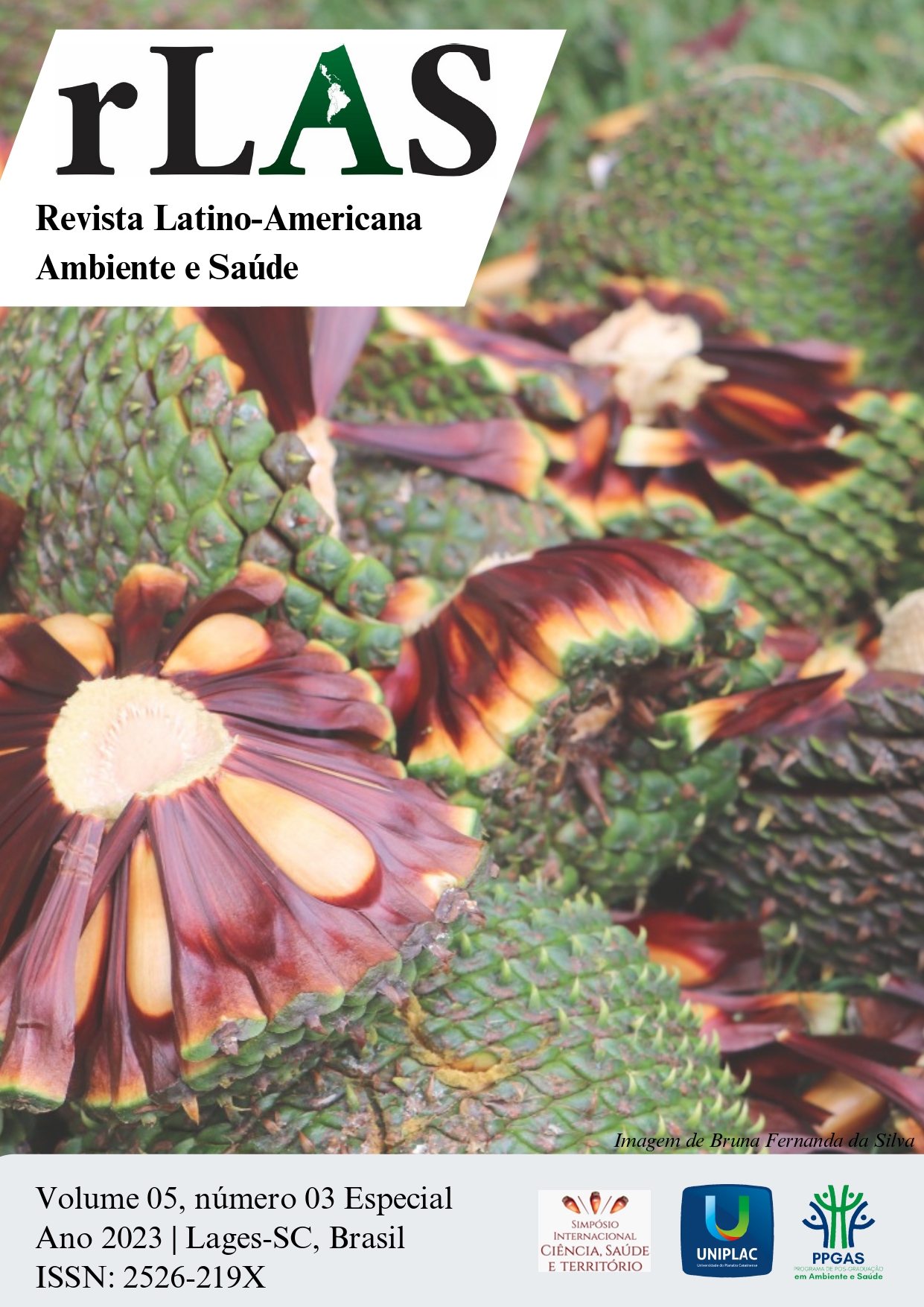Bibliometric analysis of the environmental applications of microalgae: a review
Keywords:
Algae, Biorefinery, BiotechnologyAbstract
During the last decades, microalgae have been pointed out as robust organisms that can be applied efficiently in different productive sectors. Despite the versatility of the biomolecules that are synthesized by microalgae, their scaling is still a limiting factor to make microalgae effective as a competitive and viable industrial product. According to the interest in microalgae, there is a need to identify what research is being developed and to design the most promising areas with microalgae. Therefore, this study aimed to perform bibliometric survey of the environmental applications of microalgae in three scientific databases, Web Science, Scopus and ScienceDirect in the last 10 years using the VOSviewer software. In the three databases, 469 articles with 290 terms were found, being related and divided into 18 clusters. The terms microalgae and biochar obtained the highest occurrences and link strength, with 5.73% and 5.29%; 3.36% and 2.83% respectively. Biochar of the microalgae is considered an emerging innovative product, but it needs to expand its studies to obtain from microalgae biomass. Bibliometric analyses are an important tool for the development of science, by identifying which, how and where scientific research is being carried out. The bibliometric analyses help to project promising areas, identifying other byproducts of biomass microalgae as the viability for the biorefinery.
References
BINDA, G. et al. Comprehensive comparison of microalgae-derived biochar from different feedstocks: A prospective study for future environmental applications. Algal Research, v. 52, p. 102103, 2020.
CHANDRA, R. et al. Algal biorefinery: a sustainable approach to valorize algal-based biomass towards multiple product recovery. Bioresource Technology, v. 278, p.346-359, 2019.
FERREIRA, J. B.; SILVA, L. A. M. O uso da bibliometria e sociometria como diferencial em pesquisas de revisão. Revista Brasileira de Biblioteconomia e Documentação, v. 15, n. 2, p. 448-464, 2019.
GONÇALVES, K. Y. Análise da influência das variáveis de produção do biochar para adsorção de nutrientes. 2021. Dissertação (Mestrado em Engenharia de Produção). Universidade Tecnológica Federal do Paraná, Ponta Grossa, 2021.
GREENE, C. H. et al. Transforming the Future of Marine Aquaculture. Oceanography, v. 35, n. 2, p. 26-34, 2022.
GUO, Yi-M. et al. Bibliometric analysis on smart cities research. Sustainability, v. 11, n. 13, p. 3606, 2019.
KHAN, A. A. et al. Recent progress in microalgae-derived biochar for the treatment of textile industry wastewater. Chemosphere, p. 135565, 2022.
LAW, X. N. et al. Microalgal-based biochar in wastewater remediation: Its synthesis, characterization and applications. Environmental Research, v. 204, p. 111966, 2022.
LI‐BEISSON, Y.; BEISSON, F.; RIEKHOF, W. Metabolism of acyl‐lipids in Chlamydomonas reinhardtii. The Plant Journal, v. 82, n. 3, p. 504-522, 2015.
MAYFIELD, S.; BURKART, M. The algae revolution 2.0: the potential of algae for the production of food, feed, fuel and bioproducts–why we need it now. The Biochemist, v. 43, n. 6, p. 34-38, 2021.
PEREIRA, R. et al. Mineração de texto e clusterização em estudos bibliométricos: o mapeamento científico de teses e dissertações de programa de pós-graduação. In: CONGRESSO INTERNACIONAL DE CONHECIMENTO E INOVAÇÃO–CIKI. Anais [...] 2021.
SANTOS JÚNIOR, J. M. Pellets de biochar como condicionador de solo na produção e nutrição de Urochloa brizantha cv. BRS Paiaguás. 2022. Dissertação (Mestrado em Produção Vegetal). Universidade Federal de Minas Gerais, Instituto de Ciências Agrárias, Montes Claros, 2022.
SUTHERLAND, D. L. et al. Size matters–Microalgae production and nutrient removal in wastewater treatment high-rate algal ponds of three different sizes. Algal Research, v. 45, p. 101734, 2020.
VENANCIO, H. C. et al. Surface-to-volume ratio influence on the growth of Scenedesmus obliquus in a thin-layer cascade system. Journal of Applied Phycology, v. 32, n. 2, p. 821-829, 2020.


